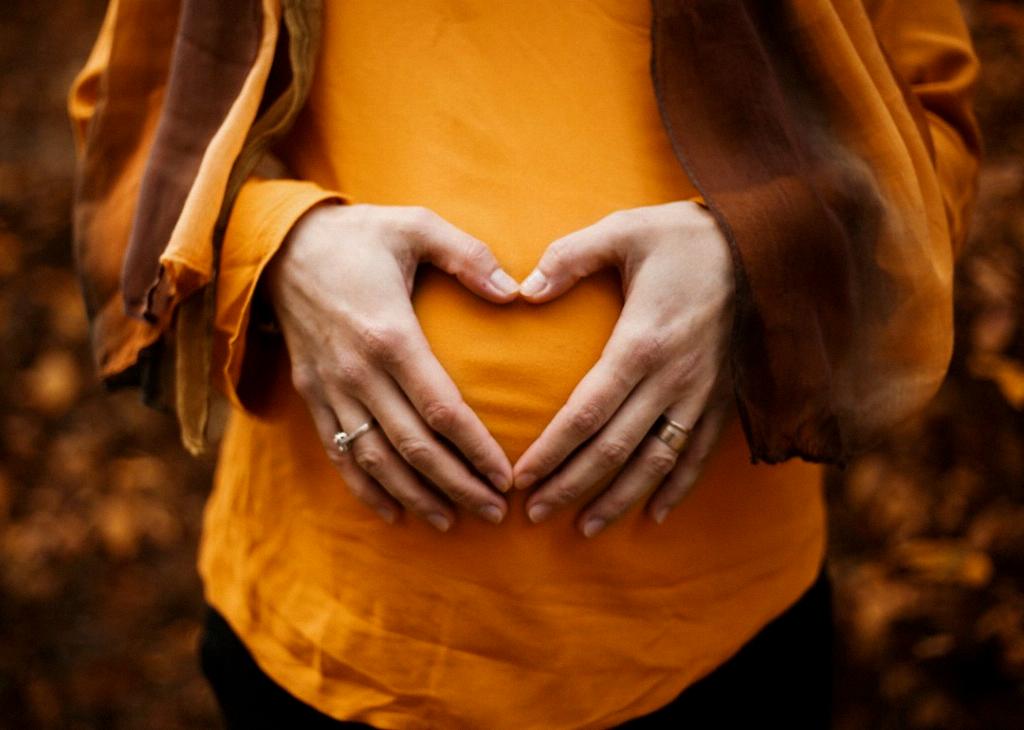When it comes to cesarean sections, the choice between a vertical or horizontal incision is crucial. The most common uterine incision made during a C-section is transverse, commonly known as a “bikini cut.” However, in certain cases, medical professionals may opt for a vertical incision instead. But why do they choose to cut vertically for a C-section?
One of the primary reasons for performing a vertical incision during a C-section is the baby’s positioning in the womb. If the baby is in a breech position, meaning their feet or buttocks are positioned to come out first, a vertical incision may be preferred. This allows the medical team better access to safely deliver the baby without causing harm to either the infant or the mother.
Another scenario where a vertical incision might be necessary is when the baby is lying sideways in the uterus, known as a transverse lie. In this case, a vertical incision can provide a more direct route to extract the baby, ensuring a smoother delivery process.
Furthermore, the location of the placenta can also influence the choice of incision. If the placenta is situated in the lower front portion of the uterus, a vertical incision may be deemed necessary to avoid complications during the C-section procedure. By opting for a vertical incision in such cases, healthcare providers can effectively access the uterus and safely remove the baby and placenta.
Additionally, certain abnormalities of the uterus may require a vertical incision during a C-section. These abnormalities can include conditions like a uterine fibroid obstructing the birth canal or a previous surgical scar that restricts the use of a transverse incision. In such circumstances, a vertical incision is chosen to ensure a successful and safe delivery.
Despite the less common nature of vertical incisions in C-sections, they are crucial in specific situations where alternative methods may pose risks to the health and well-being of both the mother and the baby. By carefully assessing the individual circumstances of each case, medical professionals can make informed decisions regarding the type of incision that will optimize the safety and success of the C-section procedure.
In conclusion, the choice to cut vertically for a C-section is based on multiple factors, including the baby’s positioning, the location of the placenta, and any underlying uterine abnormalities. Vertical incisions are tailored to address specific challenges that may arise during childbirth, ensuring a smooth and safe delivery for both mother and baby.

